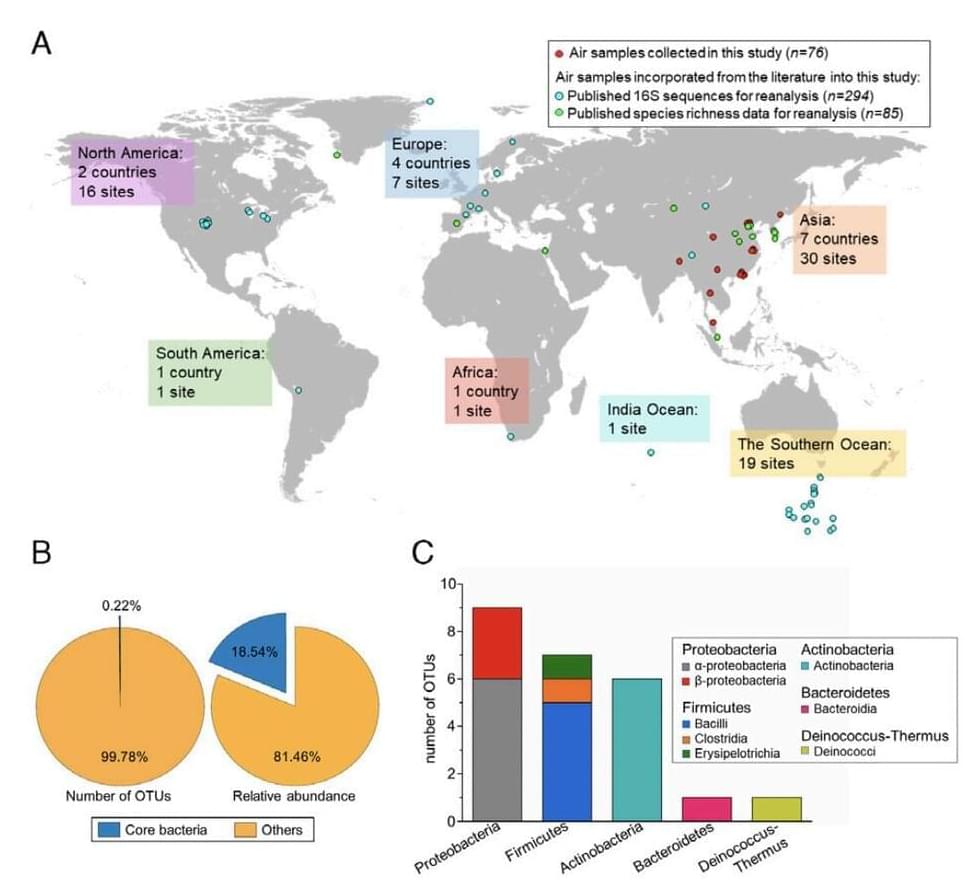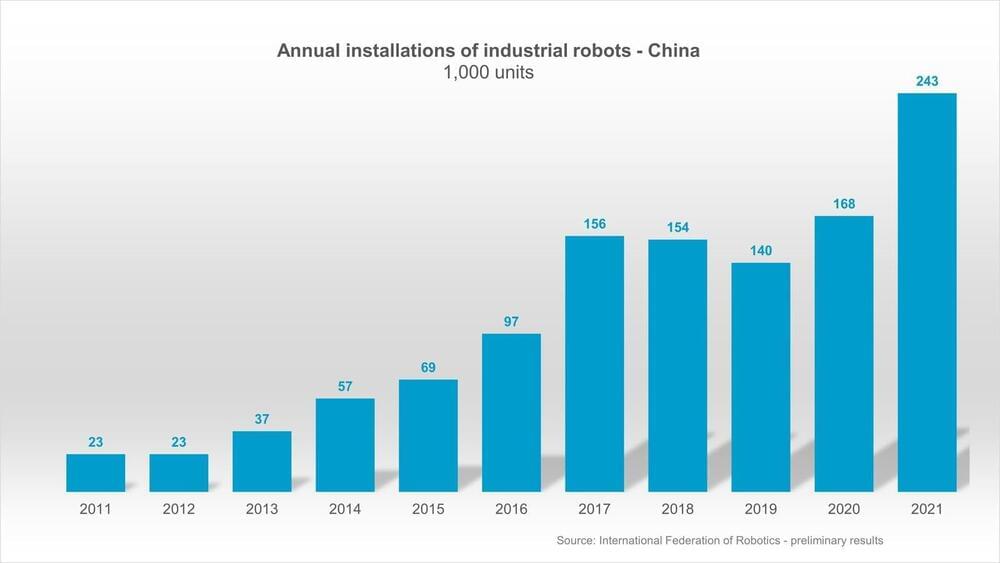Nov 8, 2022
Billionaire investor Ron Baron outlines how Tesla could soar 570% over the next decade to a $4.5 trillion valuation
Posted by Kelvin Dafiaghor in categories: Elon Musk, sustainability, transportation
Baron isn’t done betting on Tesla CEO Elon Musk, even as he dives headfirst into his new Twitter venture. “We have made a lot of money with him,” Baron said, adding that Tesla makes up 40% of his Baron’s Partners fund because his cost is so low at about $13 per share.
“I think in 2025 it [Tesla stock] will be $500 to $600. And in eight to ten years we ought to be somewhere around $4.5 trillion,” Baron said.
Baron agrees with Musk’s recent comments that Tesla could grow to be bigger than Apple and Saudi Aramco combined, which implies a valuation of more than $4 trillion.


















